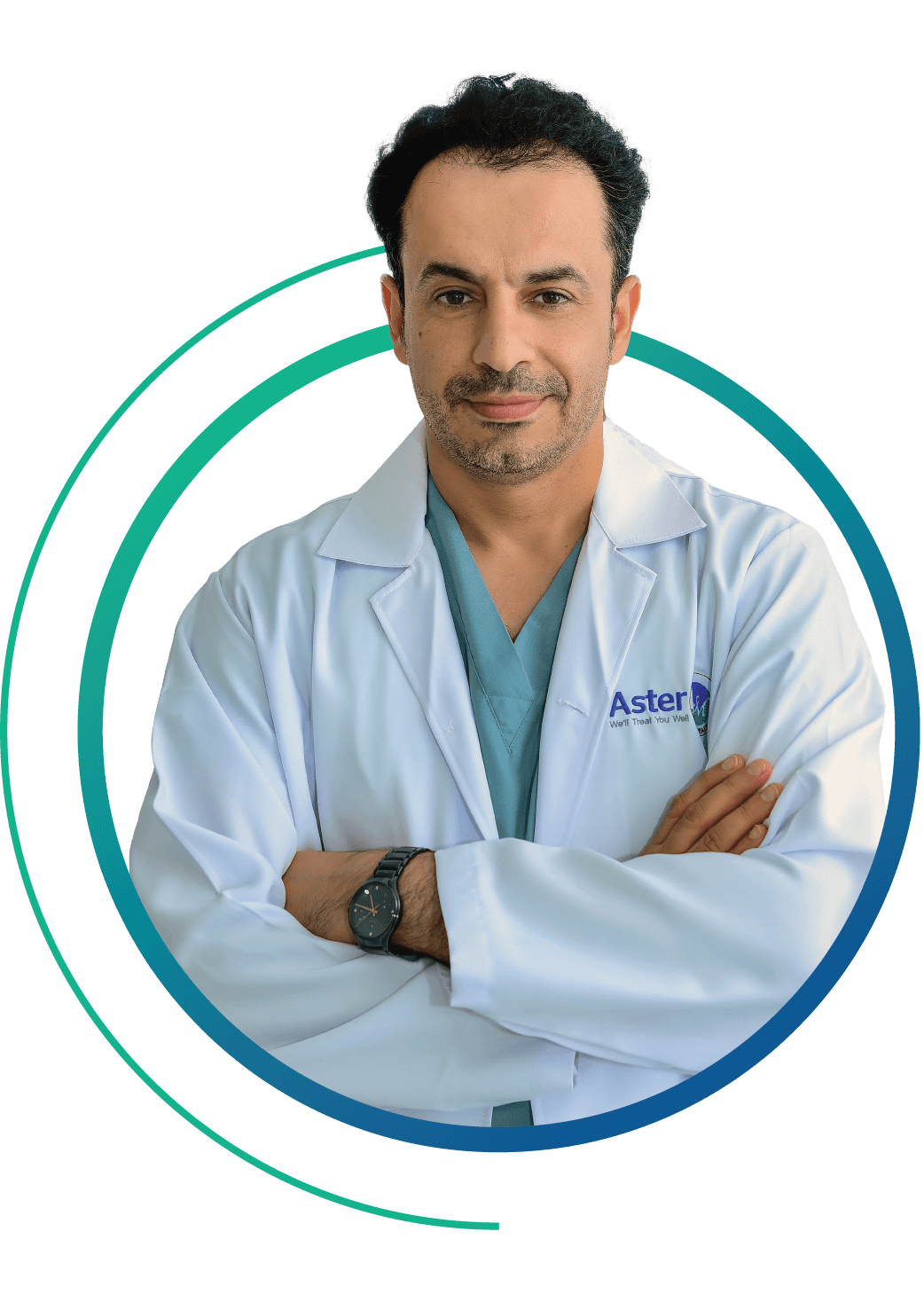Overview
Minimally Invasive Surgery (MIS) utilizes advanced techniques to perform surgical procedures through small incisions or natural body openings. This approach reduces trauma to surrounding tissues, leading to faster recovery times, less post-operative pain, and lower risk of complications compared to traditional open surgeries. MIS encompasses a wide range of procedures across various medical specialties, offering patients effective treatment options with improved cosmetic outcomes and enhanced surgical precision.
TREATMENTS & PROCEDURE
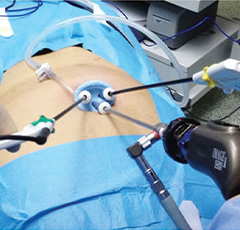
Minimally invasive procedure using small incisions for gallbladder removal.
Laparoscopic cholecystectomy involves inserting a camera and specialized tools through small incisions in the abdomen to remove the gallbladder. This approach reduces recovery times and post-operative discomfort compared to traditional open surgery, making it a preferred method for treating gallstones and gallbladder inflammation.

Advanced robotic-assisted procedures for precise surgical interventions.
Robotic surgery utilizes robotic arms controlled by surgeons to perform complex surgeries with enhanced precision and minimal invasiveness. It offers benefits such as smaller incisions, reduced blood loss, and shorter hospital stays compared to traditional open procedures, making it suitable for various conditions across different medical specialties.
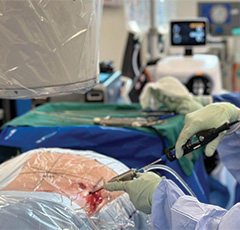
Utilization of endoscopes for diagnostic and therapeutic procedures in gastrointestinal conditions.
Endoscopic surgery involves inserting a flexible tube with a camera and surgical instruments through natural openings or small incisions to treat gastrointestinal disorders. It allows for procedures like polyp removal, biopsy, and stent placement with reduced recovery times and minimal trauma to surrounding tissues, offering effective treatment options for a range of digestive issues.
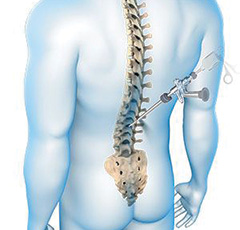
Techniques using small incisions for spinal procedures, reducing recovery times.
Minimally invasive spine surgery utilizes small incisions and specialized instruments to treat conditions such as herniated discs, spinal stenosis, and degenerative disc disease. This approach preserves muscle tissue and reduces post-operative pain, allowing for quicker recovery and faster return to daily activities compared to traditional open spine surgery methods.
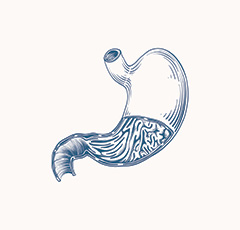
Endoscopic procedure for treating gastroesophageal reflux disease (GERD) without external incisions.
TIF involves using an endoscope to reconstruct the antireflux barrier at the gastroesophageal junction, reducing symptoms of GERD like heartburn and regurgitation. This minimally invasive approach offers patients a quicker recovery and avoids external scars associated with traditional surgical treatments for GERD.
Minimally invasive procedure using small incisions for gallbladder removal.

Laparoscopic cholecystectomy involves inserting a camera and specialized tools through small incisions in the abdomen to remove the gallbladder. This approach reduces recovery times and post-operative discomfort compared to traditional open surgery, making it a preferred method for treating gallstones and gallbladder inflammation.
Advanced robotic-assisted procedures for precise surgical interventions.

Robotic surgery utilizes robotic arms controlled by surgeons to perform complex surgeries with enhanced precision and minimal invasiveness. It offers benefits such as smaller incisions, reduced blood loss, and shorter hospital stays compared to traditional open procedures, making it suitable for various conditions across different medical specialties.
Utilization of endoscopes for diagnostic and therapeutic procedures in gastrointestinal conditions.

Endoscopic surgery involves inserting a flexible tube with a camera and surgical instruments through natural openings or small incisions to treat gastrointestinal disorders. It allows for procedures like polyp removal, biopsy, and stent placement with reduced recovery times and minimal trauma to surrounding tissues, offering effective treatment options for a range of digestive issues.
Techniques using small incisions for spinal procedures, reducing recovery times.

Minimally invasive spine surgery utilizes small incisions and specialized instruments to treat conditions such as herniated discs, spinal stenosis, and degenerative disc disease. This approach preserves muscle tissue and reduces post-operative pain, allowing for quicker recovery and faster return to daily activities compared to traditional open spine surgery methods.
Endoscopic procedure for treating gastroesophageal reflux disease (GERD) without external incisions.

TIF involves using an endoscope to reconstruct the antireflux barrier at the gastroesophageal junction, reducing symptoms of GERD like heartburn and regurgitation. This minimally invasive approach offers patients a quicker recovery and avoids external scars associated with traditional surgical treatments for GERD.
Diseases treated
FAQs
MIS offers shorter recovery times, reduced pain, smaller scars, and lower risk of infection compared to traditional open surgeries.
Endoscopic surgery uses thin, flexible tubes with cameras and tools inserted through small incisions or natural openings, reducing trauma and improving recovery.
Risks may include infection, bleeding, and anesthesia-related complications, but these are generally lower compared to traditional open surgeries.
Yes, MIS techniques can be adapted for obese patients, offering benefits such as reduced wound complications and faster recovery compared to traditional surgeries.
Candidates typically include patients needing precise, complex surgeries with minimal incisions, suitable for various conditions across different specialties.
Yes, laparoscopic cholecystectomy is a safe and effective treatment for gallstones, allowing patients to recover faster and resume normal activities sooner.
Recovery times vary depending on the procedure and individual health, but robotic surgery often allows for quicker recovery compared to open surgery due to smaller incisions.
Follow-up care typically involves monitoring for any complications, managing pain, and ensuring proper healing of the incision sites.
Minimally Invasive Surgery Doctors
